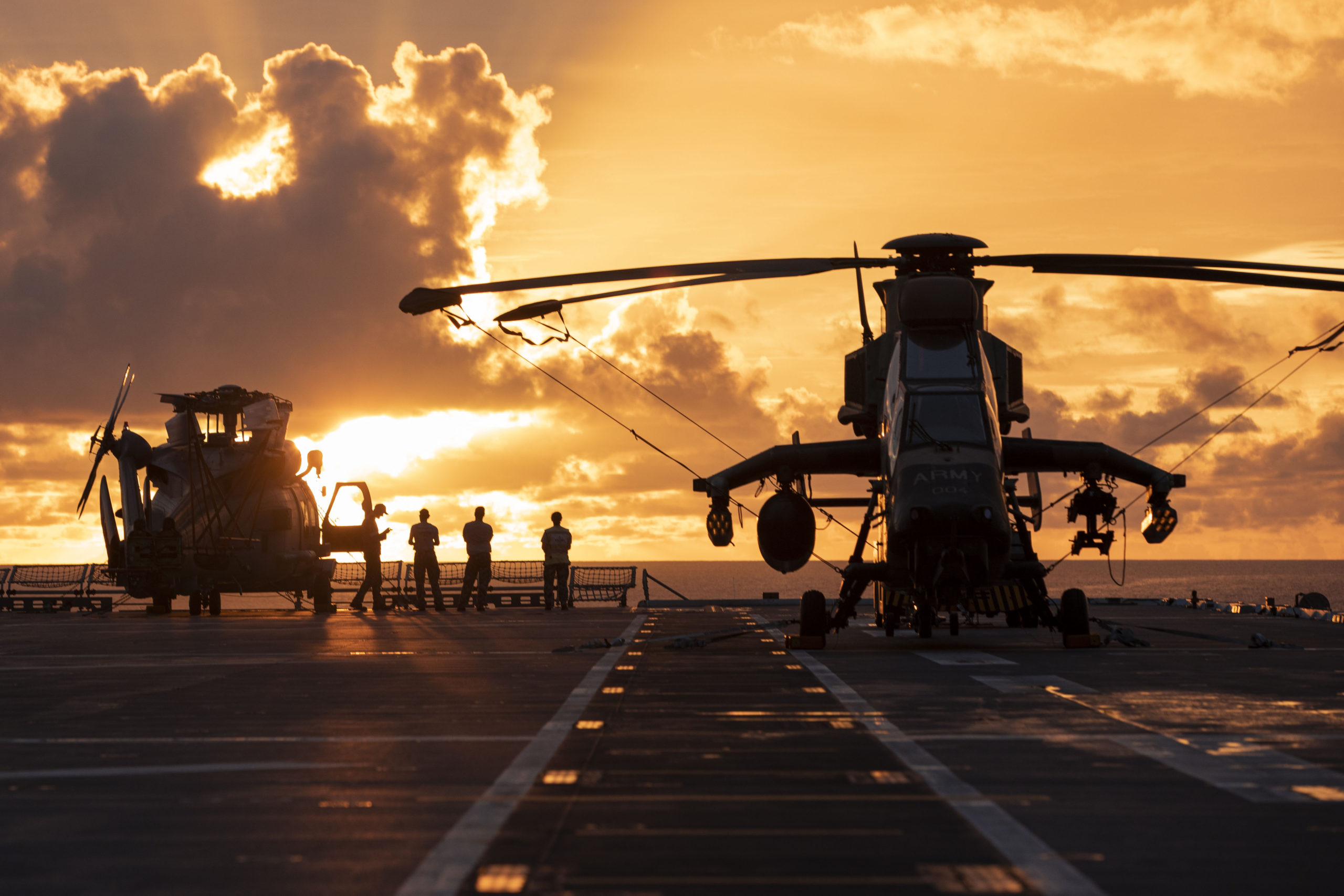As a junior commander, I am a recent graduate of training designed to formally instruct me in command, leadership and management. In the Australian Defence Force, this training is framed through the lens of ‘what do I need to do to influence others follow me in combat?’ The focus is on tactical application. For the purpose of Army leadership training, leadership is defined in LWD 0.0 Command, Leadership and Management as “the art of influencing and directing people to achieve willingly the team or organisational goal.”
Doctrine describes the difference between command and leadership. Command is the authority which is lawfully exercised through rank or assignment whereas leadership is about influence. Table 3.1 in LWD 0.0 (refer to ForceNet or the DPN for this) unpacks two types of leadership roles (“relationship behaviour” and “task behaviour”) and looks at the key characteristics of each and the implication for leaders as a result.
However, where an individual’s style may change over time due to a range of factors, there is little in doctrine encouraging the reader to reflect on how their leadership style may affect others nor to consider this in their approach to leadership.
Anecdotally, the leadership styles people adopt are often based on their positive and negative experiences with other leaders; often categorising their leadership experiences into ‘what not to do’ or ‘I was inspired by this person’. This is the ‘comparison’ approach to finding your leadership identity, and while it’s an understandable and reasonable approach, I encourage you to reflect on your own command in your current context and approach discovering your leadership identity through the following:

Seek Feedback
Feedback is usually sought from superiors, but feedback from subordinates can be equally beneficial. Create space and time to engage with your subordinates on your leadership and relationships. Ask what you can do better. This can be daunting and subordinates may be initially hesitant to provide negative feedback. However, it can be framed as a demonstration of leadership to your subordinates that no one is above personal development and growth.
Generate Personal Data
Write down what you see, think, feel and do. There is seldom time wasted in journaling and jotting down interactions throughout your day. It can serve as words to jog your memory on events and interactions. If you are unhappy with a conversation, journaling the experience can be useful to allow yourself to focus on the rest of your day without being consumed by it. Alternately, you can also collect thoughts from occurrences you believe you handled well.
Collecting personal data can generate goals in developing your leadership style. The data you generate is also specific to you rather than being a comparison to others which may not fit your context as a leader.
Self-Reflect
You have collated feedback from others and you have generated personal data. Now a routine must be set to consolidate the information and ask the question ‘how does my leadership affect others?’.
Group this data into themes and begin to explore the themes. You may have been abrupt on different occasions, ask yourself why and generate ideas on how to overcome challenges.
The answer may mean that you take on traits you once dismissed from a negative leadership experience because you find it is what is required by the situation or is being asked for by your superiors or subordinates. It might be that your personal leadership develops to fit the context you are in beyond what you thought was a ‘positive’ or ‘negative’ experience.
Leadership is expected from junior commanders, but is often never a complete solution. It changes and forms over a career and can, and should, adapt to specific missions or teams. By taking small amounts of time to ask yourself meaningful questions, you can generate a repository of your personal leadership identity.
About the Author: Lieutenant Emma Watson is a junior officer of the 11th Engineer Regiment. Follow her on Twitter.
Cover Image Credit: Defence Image Gallery, LSIS Ryan Tascas

